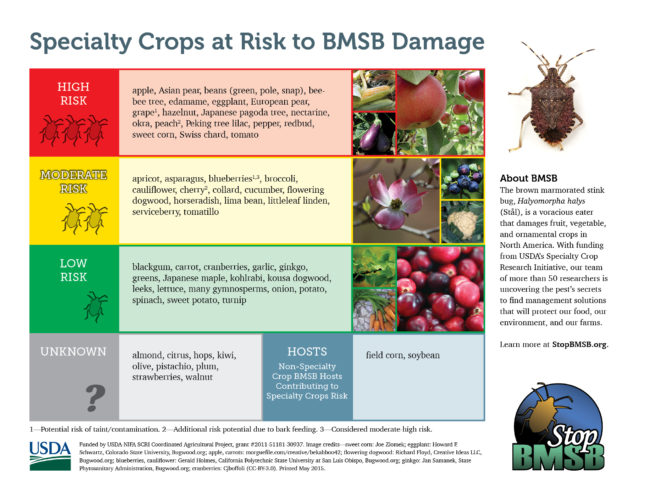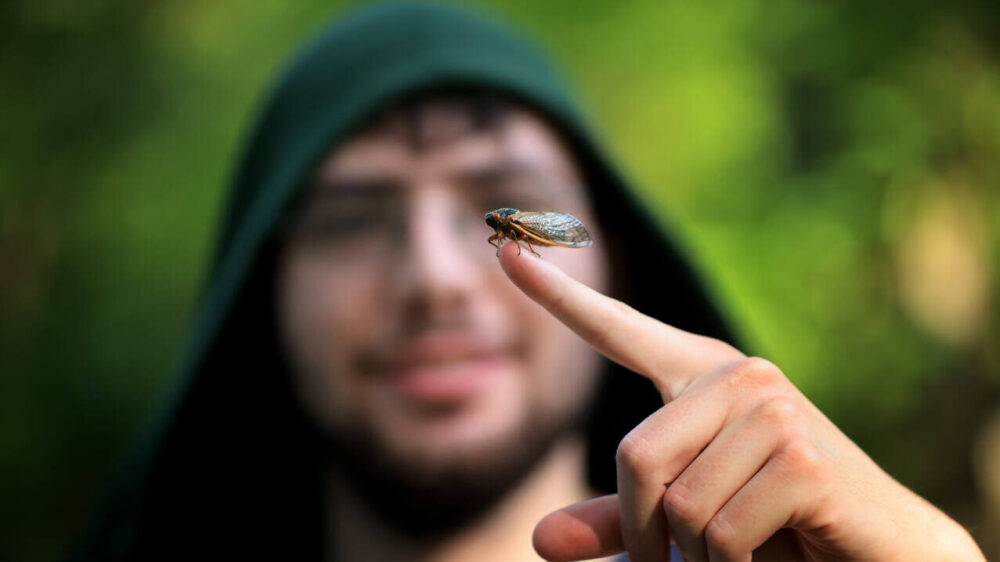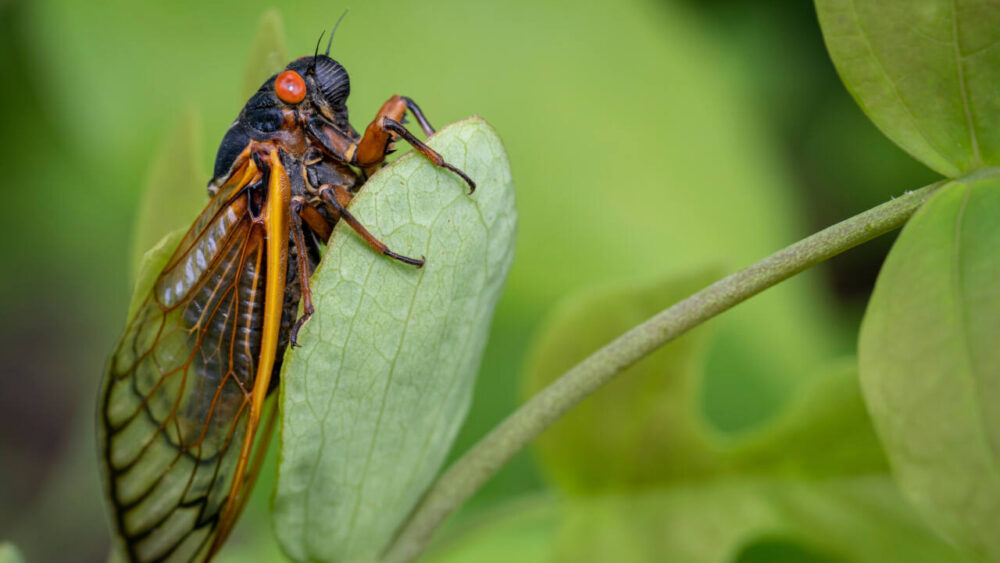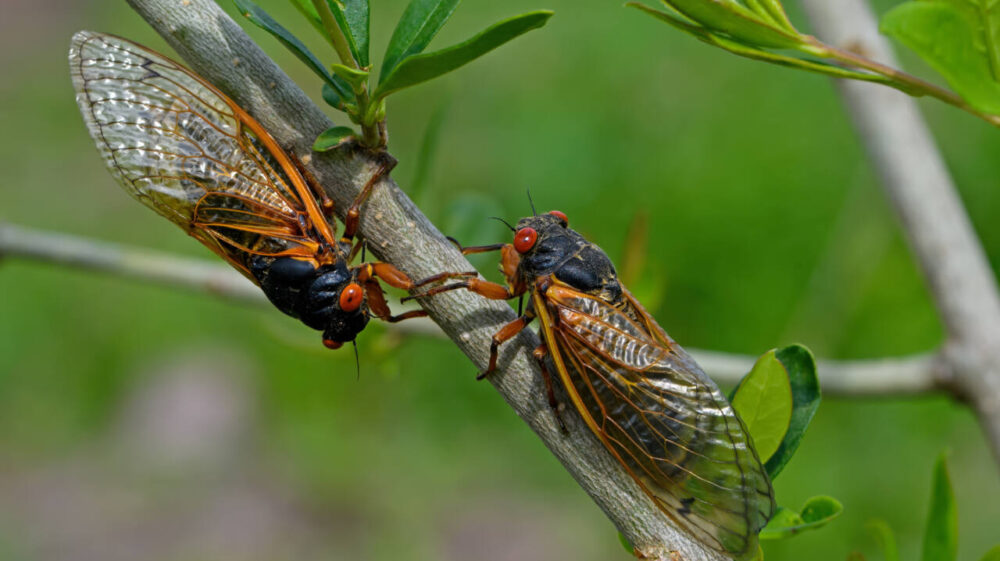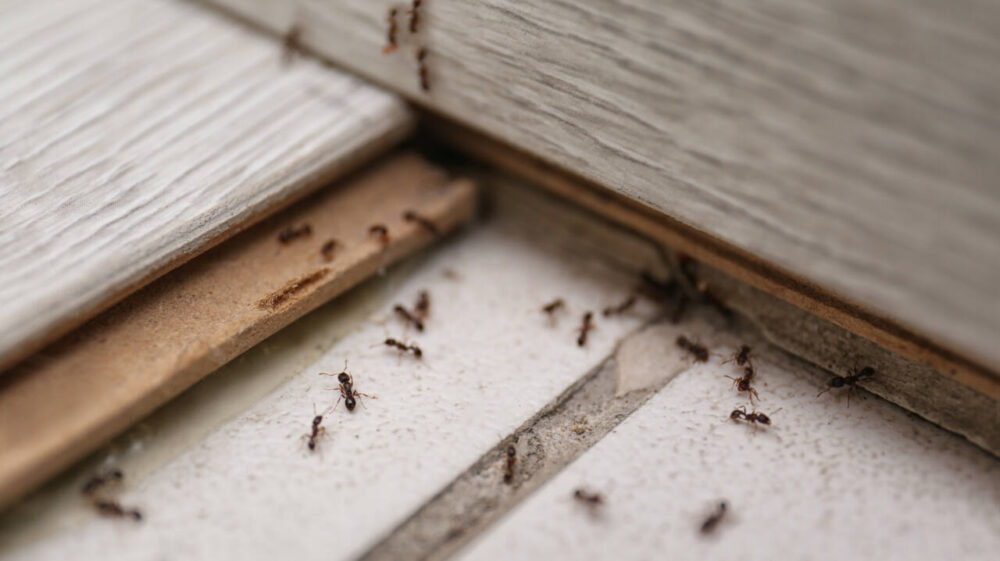10 Things You Need To Know About Stink Bugs, Including How To Get Rid Of Them
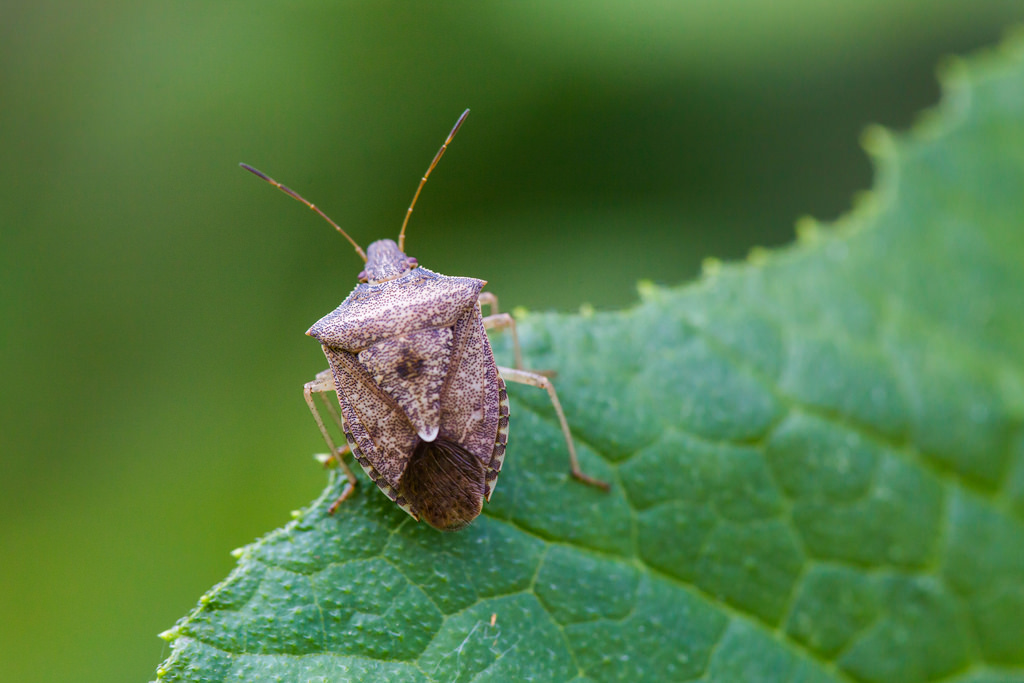
What’s that smell? Is it a skunk? Dirty diapers? Dirty socks? Dirty socks inside of dirty diapers?
If you don’t find dirty socks or dirty diapers lying on the floor, then your nose may be picking up the scent of the brown marmorated stink bug you just accidentally squashed.
Just like you squashed that stink bug (and therefore stunk up the whole house), let’s squash some of your concerns about the brown marmorated stink bug with answers to these frequently asked questions:
1. What are brown marmorated stink bugs?
Brown marmorated stink bugs, or BMSB, are critters that are less than an inch long and are shaped like a shield or a guitar pick. One of the over 250 different species of stink bugs in the U.S., the BMSB made its way from Asia. They get their “stink bug” moniker from the foul odor they give off when they feel threatened, which is part of what makes them such a nuisance. You can’t just squish them and move on without encountering their pungent scent, which has been described as similar to coriander or, worse, the aforementioned dirty socks.
2. Why do we care about this specific kind of stink bug?
In addition to being a nuisance in a growing number of homes across the U.S., stink bugs destroy agriculture. The USDA has put together a list of “high-risk” crops these bugs can destroy. Check out this helpful chart to see which crops are most at risk:
3. If they harm plants, can they harm humans and pets?
Generally, no. They don’t bite, suck blood, carry poison or transmit disease. Stink bugs are just a stinky nuisance for most homeowners. Some people have had allergic reactions to their odor, especially if they’re allergic to cockroaches, but this is a rare occurrence. The people who need to worry most about these stink bugs are farmers.
4. Where can I find these stink bugs?
As of this year, there have been sightings in 43 states in the U.S., with most of the crop damage happening in the mid-Atlantic region.
5. How do they travel?
BMSBs prefer to hitchhike. They can attach to your personal belongings, cars, RVs or cargo ships, like the stink-bug pilgrims that came over to Pennsylvania in the mid-1990s. They also have wings; they can fly decently far if they’re picked up by a great gust of wind.
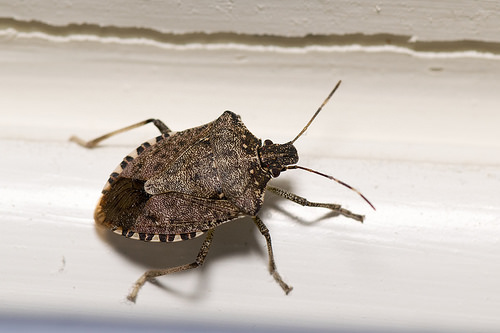
6. When do stink bugs come out to play?
These critters like to stay warm, especially during the winter months. They mate in the spring and deposit their eggs from May to August. Then, they try to find places to stay warm (like in our homes) in September and October to get ready for winter.
7. Do they have any natural predators?
Actually, yes. Researchers have recently found the Trissolcus japonicus wasp in the U.S., which is big news for biologists because this wasp is a natural predator of stink bugs in Asia. Spiders, mice and centipedes have also been effective against stink bugs (hopefully outside of your house, of course).
8. What can I do to stop them from coming into my home?
Prevention is key, especially during the fall months. Stink bugs like to come through any tiny cracks in your windows, doors, siding, pipes and chimneys. They can also fly in through open windows or broken screens. Here are some preventive tips:
- Replace or repair your broken screens. WikiHow also recommends rubbing your screens with a strong-smelling dryer sheet, as (ironically) pungent odors can help to deter them.
- Caulk any openings that you may find outside and inside your home.
- If you are wearing beat-up shoes and happen to find a stink bug or two outside of your house, WikiHow gives the green light to squash them. The scent will alert others to danger and may deter them from coming back into the area. And if your shoes are the beat-around kind, you won’t mind the potential scent being attached to them.
- Try setting up sticky flytape around the entrances to your home in order to catch any airborne stink bugs that may otherwise make it inside.
9. Uh-oh. They’re already inside. What now?
If you find stink bugs in your home, try to locate their point of entry. Sometimes they come through cracks in your baseboard, windows, exhaust fans and ceiling lights. Just caulk them up, and they’ll die out shortly afterwards.
You can also put a desk lamp over a tub of soapy water. The bugs will be attracted to the light, and the water will drown the bugs without your entire house smelling of stink bugs.
Or you may want to create this DIY trap out of an empty soda bottle, as shown in this video:
10. Should I use my vacuum to suck up these suckers?
Yes, but make sure you clean the filter and replace the bag immediately. The smell could stay around for weeks if you’re not careful.
If all else fails, call an exterminator. Let a professional deal with the problem, and you can go back to dealing with all those actual dirty socks lying around your home.


